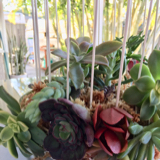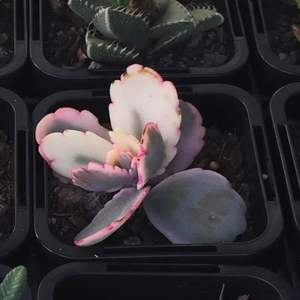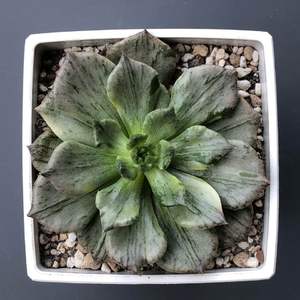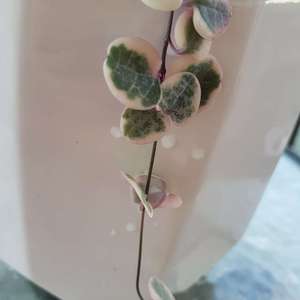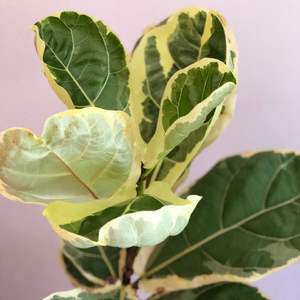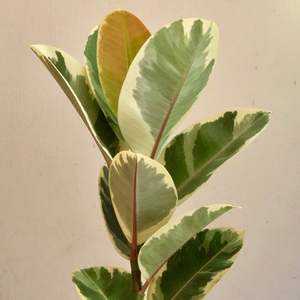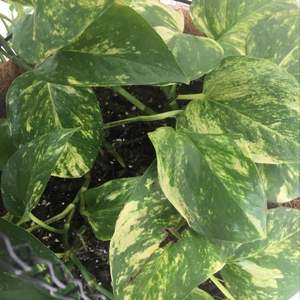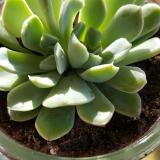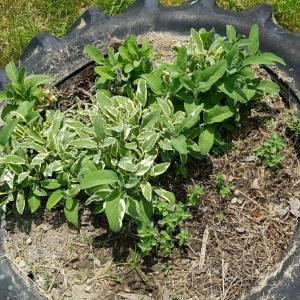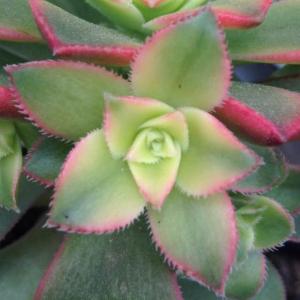文章
Miss Chen
2018年08月12日

Varieged ginger (Alpinia zerumbet) is a dramatic, upright plant with long, sword-shaped leaves variegated in shades of yellow and green. Fragrant pink and white flowers adorn the plant throughout much of the year. Variegated ginger, which grows from underground rhizomes that look much like ginger root, is propagated by dividing the rhizomes of mature plants. A warm-climate plant, variegated ginger is suitable for planting in U.S. Department of Agriculture hardiness zones 9 to 11.

Growing Requirements
Variegated ginger is a versatile plant that tolerates a range of growing conditions from full shade to full sun, but the plant is happiest in partial shade and benefits from protection during the hot part of the afternoon. The plant tolerates nearly any well-drained soil, but prefers rich organic soil.
Propagation by Division
To divide variegated shell ginger, use a shovel or garden fork to dig an entire clump. Alternatively, if the clump is very large, use a shovel to dig a section of the plant's outer edge. Lift the clump from the ground, then pull the rhizomes apart. Plant the rhizomes with the shoots attached, or remove the shoots and plant the rhizomes.
Planting Divisions
Plant divided ginger in soil that you have prepared ahead of time. Variegated ginger likes fertile soil and benefits from the addition of 2 to 4 inches of organic matter such as leaf mold, compost or decomposed manure. Plant the rhizomes, or the rhizomes with shoots attached, at the same soil depth the rhizomes were located in their original planting spot. Cover the rhizomes with soil, then pat the soil firmly over the rhizomes. Water the area immediately after planting.

General Care
Variegated ginger is moderately drought tolerant, but does best in soil kept consistently moist. Regular watering is especially critical during periods of hot, dry weather, or if the plant is located in full sunlight. Water often enough to keep the soil moist but not soggy. Fertilize variegated ginger every other month, using a balanced, dry fertilizer. Apply fertilizer in accordance with the specifications provided on the label.

Growing Requirements
Variegated ginger is a versatile plant that tolerates a range of growing conditions from full shade to full sun, but the plant is happiest in partial shade and benefits from protection during the hot part of the afternoon. The plant tolerates nearly any well-drained soil, but prefers rich organic soil.
Propagation by Division
To divide variegated shell ginger, use a shovel or garden fork to dig an entire clump. Alternatively, if the clump is very large, use a shovel to dig a section of the plant's outer edge. Lift the clump from the ground, then pull the rhizomes apart. Plant the rhizomes with the shoots attached, or remove the shoots and plant the rhizomes.
Planting Divisions
Plant divided ginger in soil that you have prepared ahead of time. Variegated ginger likes fertile soil and benefits from the addition of 2 to 4 inches of organic matter such as leaf mold, compost or decomposed manure. Plant the rhizomes, or the rhizomes with shoots attached, at the same soil depth the rhizomes were located in their original planting spot. Cover the rhizomes with soil, then pat the soil firmly over the rhizomes. Water the area immediately after planting.

General Care
Variegated ginger is moderately drought tolerant, but does best in soil kept consistently moist. Regular watering is especially critical during periods of hot, dry weather, or if the plant is located in full sunlight. Water often enough to keep the soil moist but not soggy. Fertilize variegated ginger every other month, using a balanced, dry fertilizer. Apply fertilizer in accordance with the specifications provided on the label.
0
0


